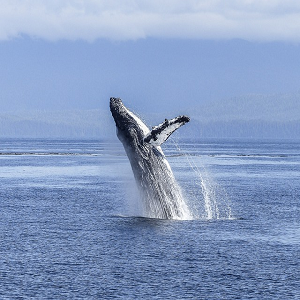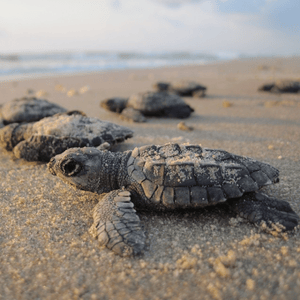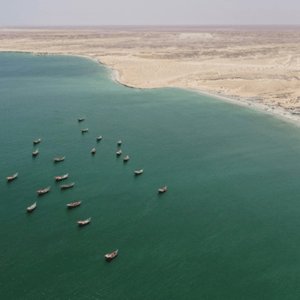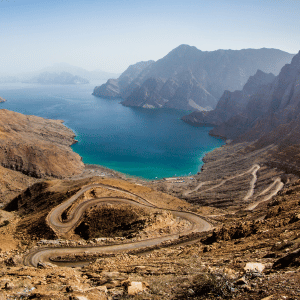5 Indian Ocean Facts in 2023: Its Importance and The Threats It Faces
#SustainableTourism #IndianOcean #Ecosystemtopreserve
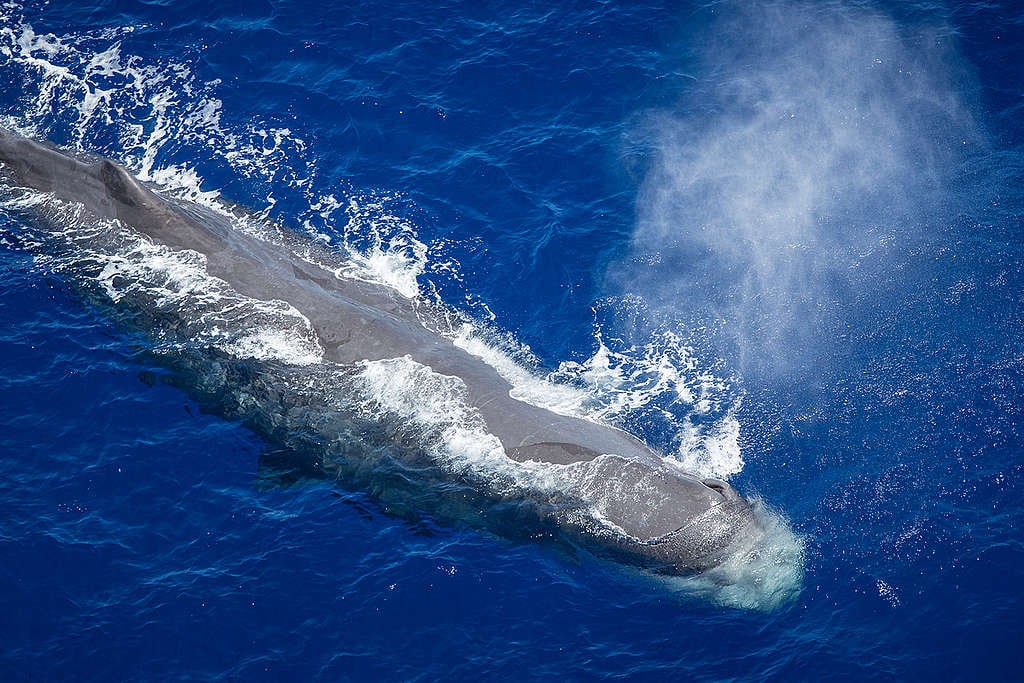
Home to an estimated one-third of the global population and diverse marine species like silky sharks, sperm whales, albatrosses, bigeye tunas, whale sharks, and leatherback sea turtles is the Indian Ocean, the world’s third largest named ocean.
This expansive saltwater body sustains all life on Earth in a couple of ways. For one, it is rich in the healthiest source of protein on the planet: seafood. Coastal communities in countries bordering the Indian Ocean, such as Comoros Islands and Seychelles, depend on fish as their primary source of protein and are among the largest consumers of seafood in Africa.
The world’s oceans also play a vital role in minimising the impact of climate change. Findings show that the ocean absorbs approximately one third of greenhouse gas emissions from the atmosphere and 80-90% of the heat added to it.
By regulating the Earth’s climate, our oceans minimise the occurrence of adverse climate change events like prolonged drought, floods, reduced agricultural productivity, and increased health risks. That safeguards our existence.
In a nutshell, we absolutely cannot do without the oceans, so keeping them healthy is our priority.
But the Indian Ocean is under numerous threats, including overfishing, climate change, deep sea mining, seismic blasting, plastic pollution, coral reef degradation, and coastal development.
Here are some facts about the importance of the Indian Ocean to the African continent, the challenges it is currently facing
More on : https://www.greenpeace.org/africa/en/blogs/53514/15-indian-ocean-facts-in-2023-its-importance-and-the-threats-it-faces/
